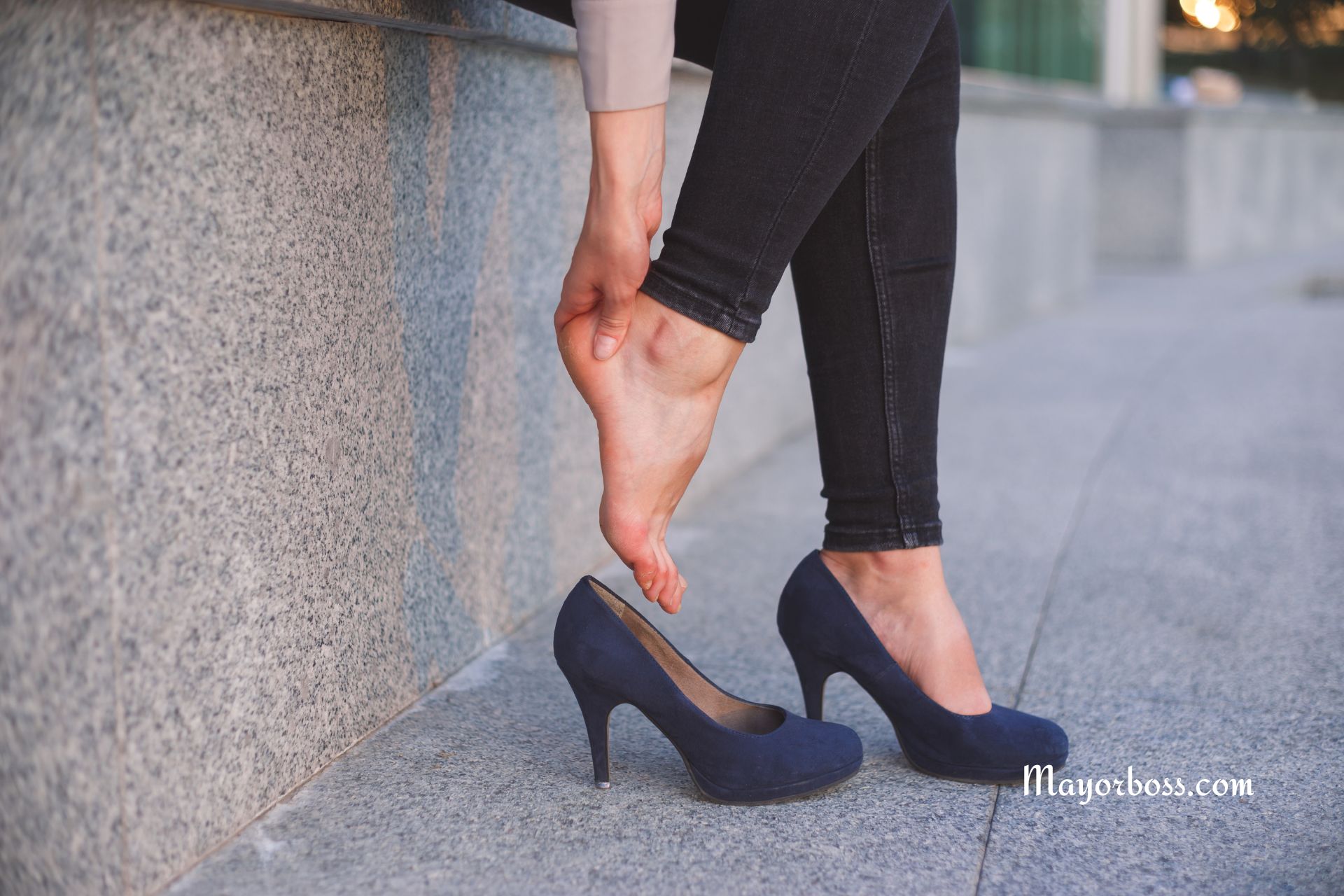Your Pillow Is Ruining Your Neck, But Here’s the Simple Fix
Pillows help keep your head and neck aligned as you sleep. If your pillow is too high or too low, your neck can bend in an unnatural position. Over time, this strain can cause pain, stiffness, and even headaches. Think of your pillow as a tool that supports the natural curve of your spine. When chosen correctly, it helps your muscles relax and prevents nagging tension.

Signs Your Pillow Is Hurting Your Neck
- Morning Neck Pain: Waking up with a sore or stiff neck suggests your pillow is not offering proper support.
- Frequent Headaches: An unsupported neck can lead to tension headaches. This often happens when the base of your skull is not well cushioned.
- Shoulder Discomfort: A pillow that is too high may force your shoulders into an awkward angle, creating tightness in the neck and upper back.
- Tossing and Turning: If you cannot get comfortable, your pillow could be at fault. Sleeping positions that feel forced can stress your muscles.
How to Pick the Right Pillow
1. Consider Your Sleeping Position
- Back Sleepers: Opt for a medium-loft pillow. It should support your head without tilting it forward. A pillow labeled “orthopedic” or “cervical” can help maintain neck alignment.
- Side Sleepers: Choose a firm or high-loft pillow to fill the space between your head and the bed. This prevents your neck from bending down toward your shoulder.
- Stomach Sleepers: Try a very thin pillow or even no pillow. Lying on your stomach can strain your neck by twisting it for many hours. If you must sleep this way, less pillow height is better.
2. Check the Pillow Fill
- Memory Foam: These pillows can mold to the shape of your head and neck. They help keep your spine in a neutral position. They are also good for reducing pressure points.
- Feather or Down: Soft and adjustable, but may flatten easily over time. You might need to fluff them often. Also, people with allergies may prefer alternative fills.
- Latex: Offers a firmer and more supportive feel. Latex pillows keep their shape longer and can be an excellent choice for those who want a stable surface.
3. Test Before You Commit
Many stores offer trial periods. If possible, lie down and see how the pillow feels. Check if your neck remains at the same level as your spine. If it feels too high or low, try another option.
Proper Pillow Positioning
Place your pillow so it fully supports the curve of your neck. If you are a side sleeper, ensure your nose lines up with the center of your body. Your pillow should not cause your head to tilt up or down. For back sleepers, keep your chin level, not tucked into your chest. Adjust the pillow’s placement until you find a position where your neck feels relaxed.
Simple Stretches and Exercises
Performing gentle stretches can relieve tension and prevent neck pain. These simple movements improve blood flow and loosen tight muscles.
- Neck Tilts: Sit or stand up straight. Slowly tilt your head toward your right shoulder, hold for 15 seconds, then switch sides. Repeat three times.
- Shoulder Rolls: Raise your shoulders toward your ears, roll them back, then drop them down. Do ten rolls, then reverse the direction for ten more.
- Chin Tucks: Gently draw your chin toward your chest as if creating a “double chin.” Hold for five seconds, then release. Repeat ten times.
Aim to do these exercises daily or whenever you feel tension in your neck. If you have severe pain, consult a healthcare provider.
Additional Tips for Better Sleep
- Mattress Matters: A good mattress keeps your spine straight. A worn-out or sagging mattress can undermine the benefits of a proper pillow.
- Watch Your Posture: Hunching forward during the day can tighten your neck muscles. Stand and sit up straight, especially if you work at a desk.
- Stay Hydrated: Your spinal discs need fluid to function. Drinking enough water supports spinal health and can reduce discomfort.
- Don’t Overlook Stress: Tension can show up in your neck. Relaxation techniques like deep breathing or a warm shower before bed may help.






